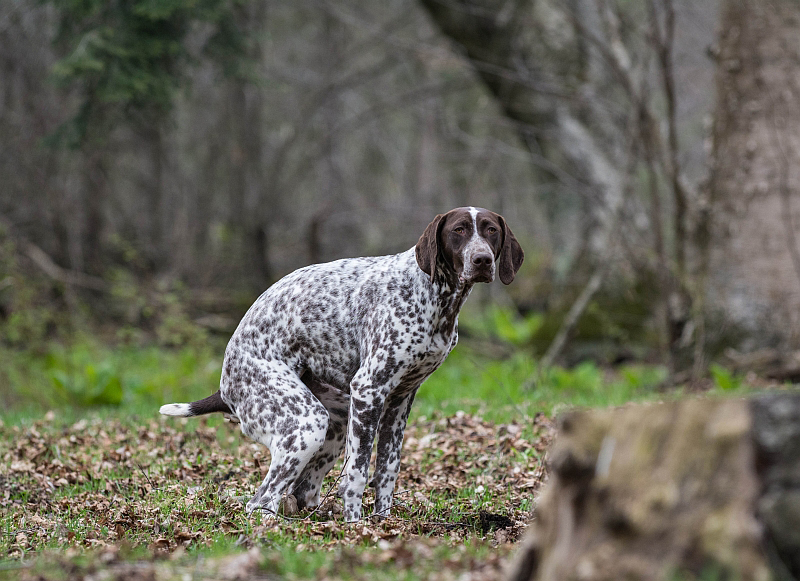A quick peek at your pooch’s poop present can provide great insight into your dog’s physical health. A dog’s digestive system is very sensitive to the type of food, changes in diet, exercise, and a variety of other factors, so by knowing what to look for you can monitor your dog’s health can become easier.
The variety of color and consistency of the dog stool is the key to figuring out whether it needs closer attention.
Things to Look for in Your Dog’s Stool

Let’s start by what healthy stool looks like. Healthy stool is firm (but not hard), and is dark brown (but not black). The stool should be consistent, but may vary in some instances.
Hard Stool
This is generally a result of diet, or not drinking enough water. If the dog is being fed too many raw bones or chew toys that may have certain chemicals in them, these can contribute to hard stool.
Black Stool
Stool that is still fresh and black should raise concern. Though it could be the result of something that your dog ingested, it is more likely that it is caused due to bleeding in intestine or stomach. Blood turns black as a result of the digestion process.
Red Stool
More often than not, red stool is caused by blood that is a result of blood vessels that break due to straining to excrete hard stool (constipation). This should be brought to your veterinarian’s attention, but it should not be a cause for panic.
Another reason for blood in the stool, accompanied by a pungent odor, could be infection by the parvo virus. If this is the case, you should head to your veterinarian right away.
White Stool
White stool (after it is dry) could be the result of a high calcium diet (e.g. lots of raw bone), which is of no concern; however, if the stool is white while fresh, then it might indicate lack of digestive enzymes. In that case you should consult your veterinarian.
Soft or Runny Stool
This could just be a bout of diarrhea which goes away after a day or two, or indication of digestive tract parasite, which would need medical treatment.
In some instances, your dog may have firm healthy bowl movement which ends with soft (lighter colored) stool. This sometimes happens if your poops right after some exercise, or if she is being fed too much and her system doesn’t have enough time to process the digested food properly (i.e. her body doesn’t have enough time to absorb the moisture).

